Alfa Romeo Giulia Quadrifoglio 2016
Quanto ti piace l'Alfa Romeo Giulia 2016?
558 voti
-
1. Quanto ti piace l'Alfa Romeo Giulia 2016?
-
Molto286
-
Abbastanza86
-
Poco15
-
Per niente15
-
- Si prega di accedere o registrarsi per votare a questo sondaggio.
-
Contenuti simili
-
Alfa Romeo Stelvio II 2025 - Prj. 951/A5U (Spy da pag.59) 1 2 3 4 92
Pubblicato da __P,
- alfa romeo 951
- new stelvio
- (e 8 altri in più)
- 910 risposte
- 233280 visite
-
Micro Microlino 2.0, Lite, Spiaggina & Spider 2022 1 2 3 4 14
Pubblicato da MotorPassion,
- 131 risposte
- 40294 visite
-
Alfa Romeo Stelvio II 2025 - [Fotoritocco & Proposte grafiche dal web e non] 1 2 3 4 45
Pubblicato da Osv,
- alfa romeo bev
- piattaforma large
- (e 7 altri in più)
- 440 risposte
- 79329 visite
-
-
-

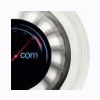

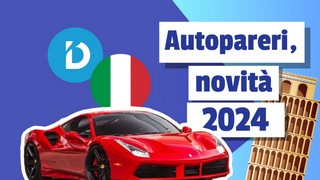

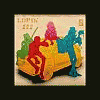
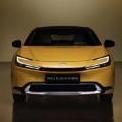
.thumb.jpg.902d2a4f20a129e92b6f6920407b81bd.jpg)




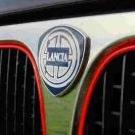
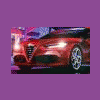

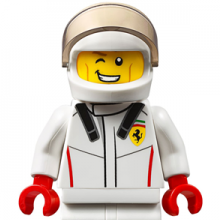
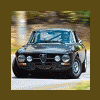

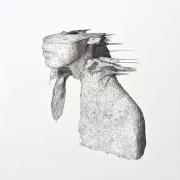


Messaggi Raccomandati:
Crea un account o accedi per lasciare un commento
Devi essere iscritto per commentare e visualizzare le sezioni protette!
Crea un account
Iscriviti nella nostra community. È facile!
Registra un nuovo accountAccedi
Sei già registrato? Accedi qui.
Accedi Ora